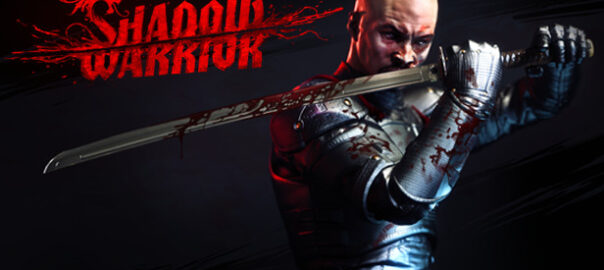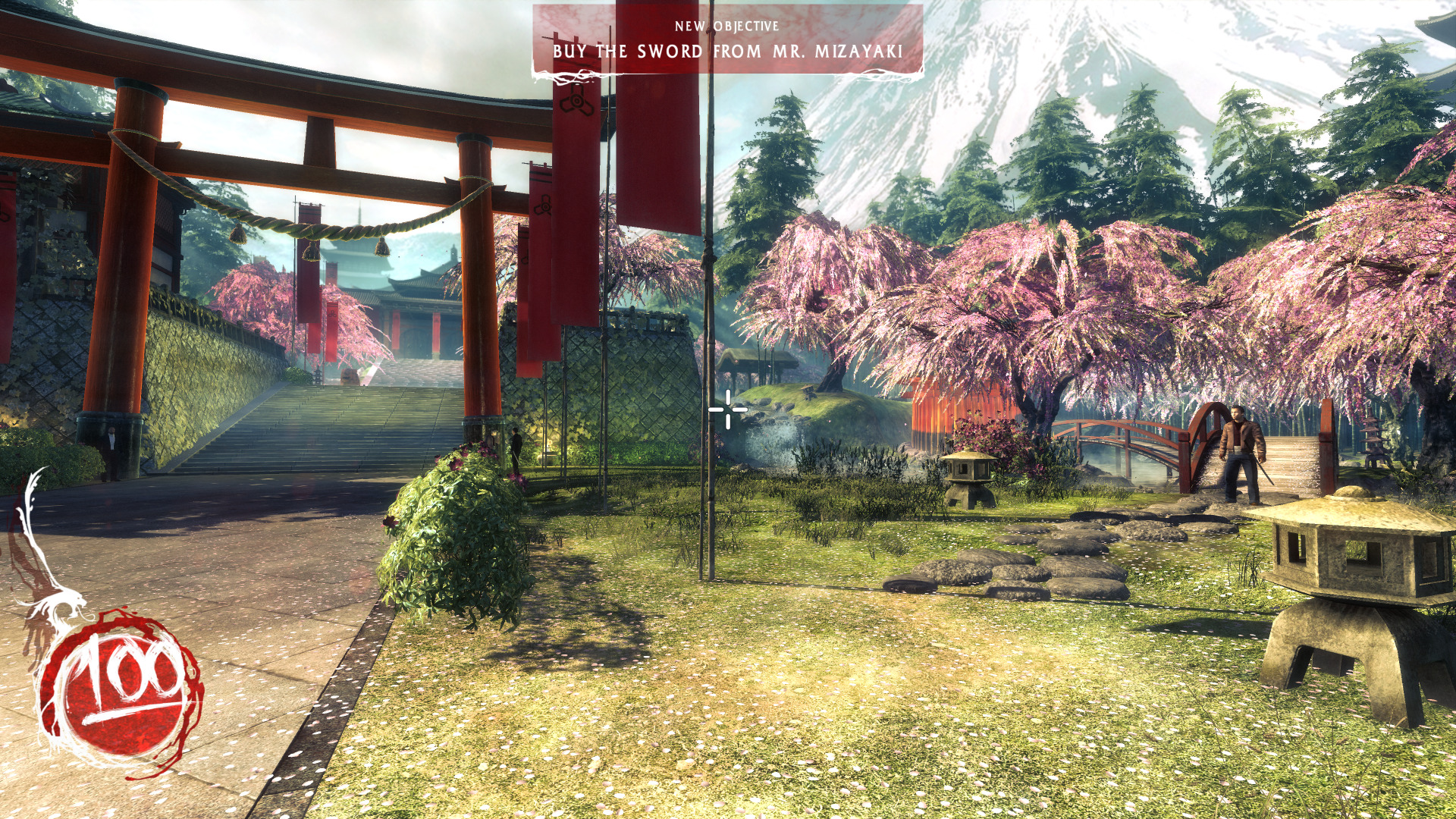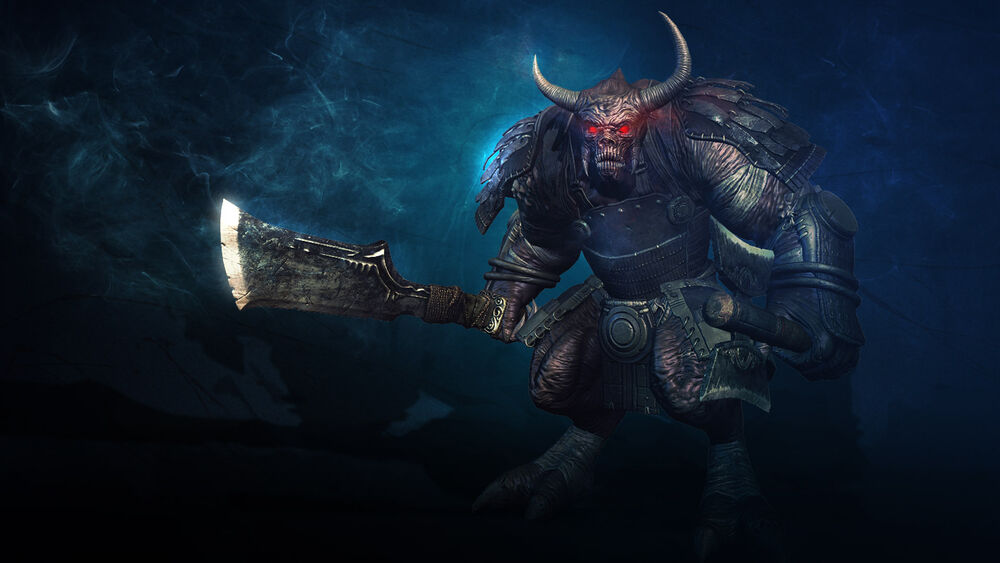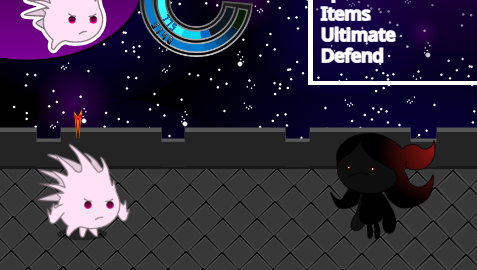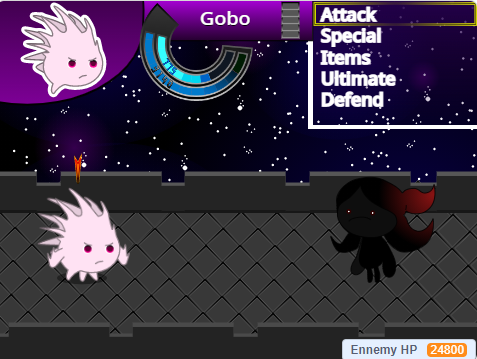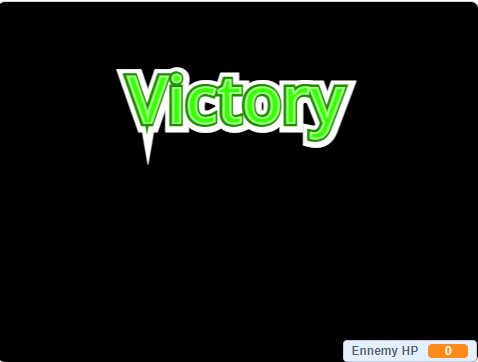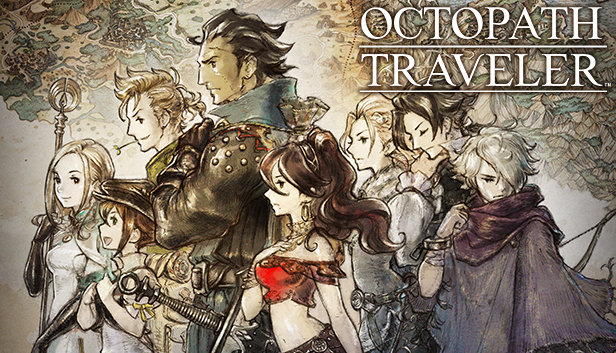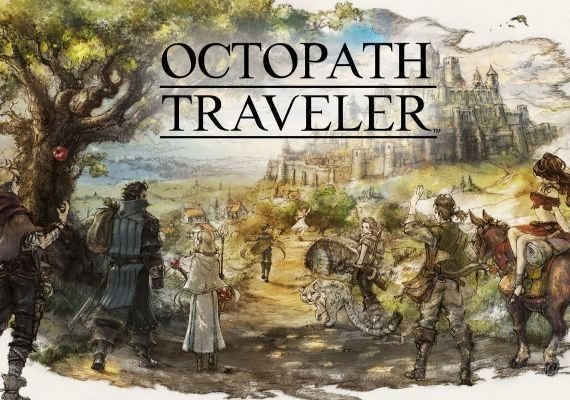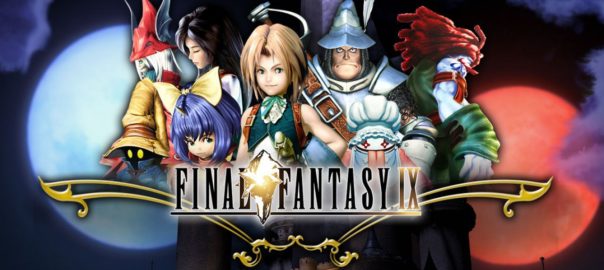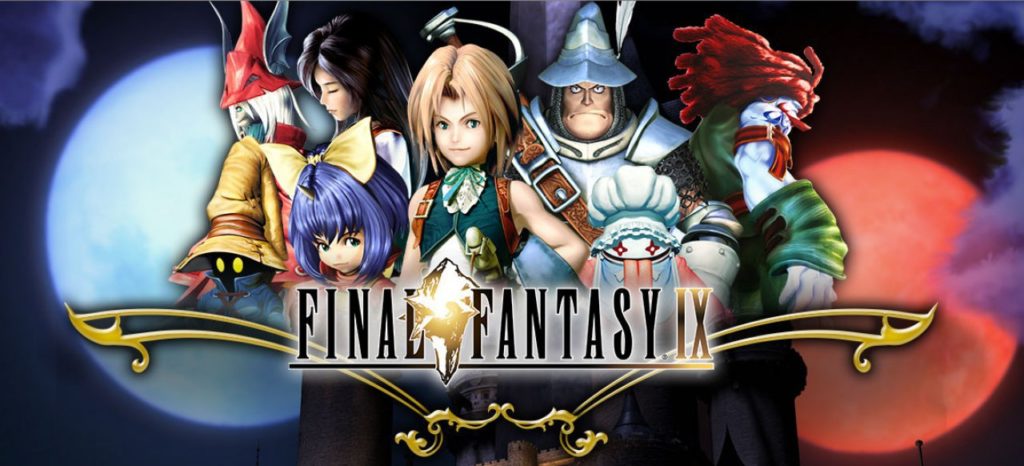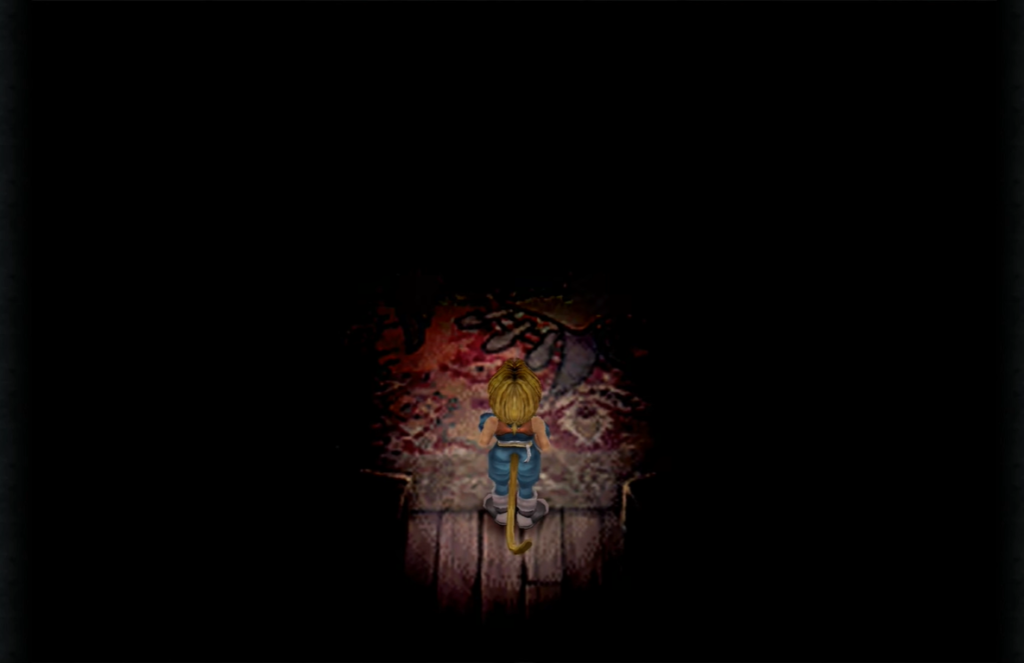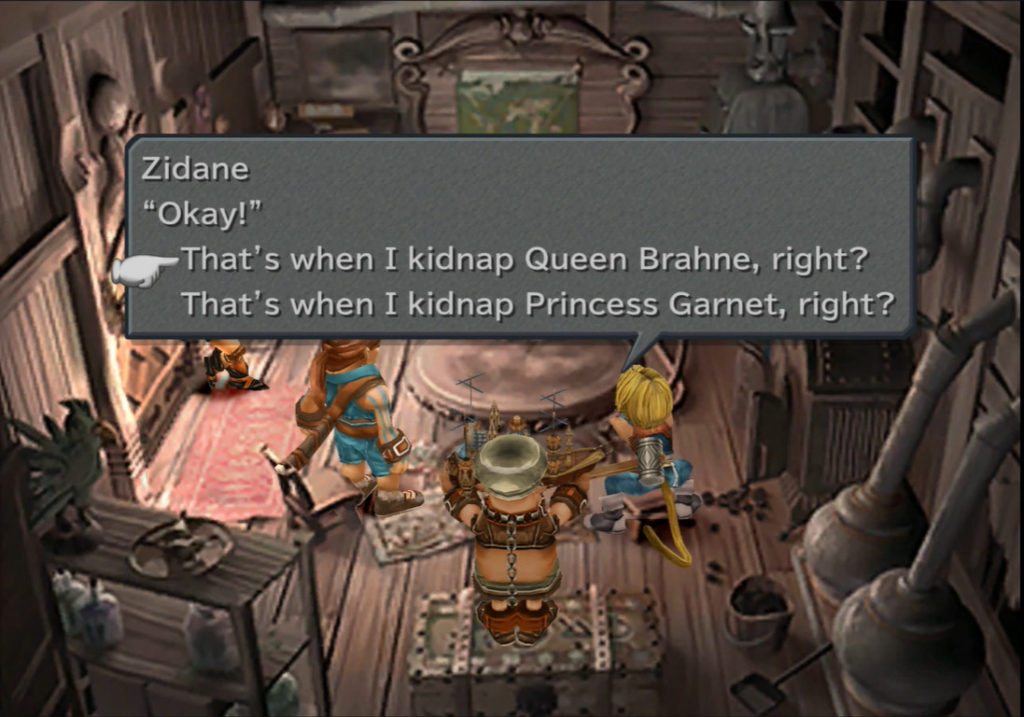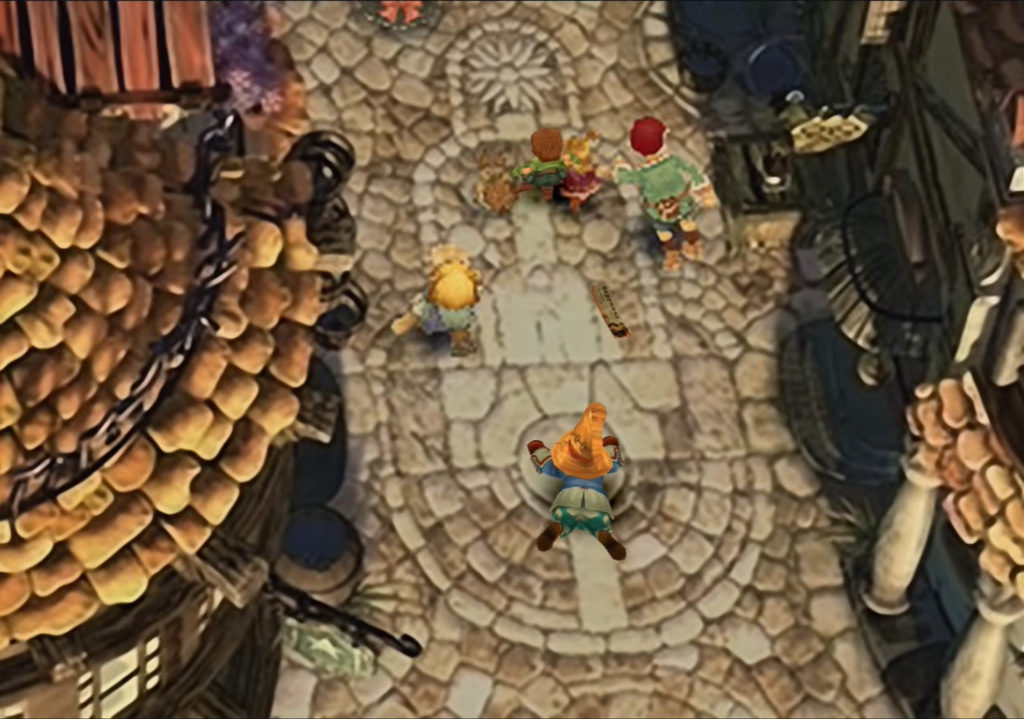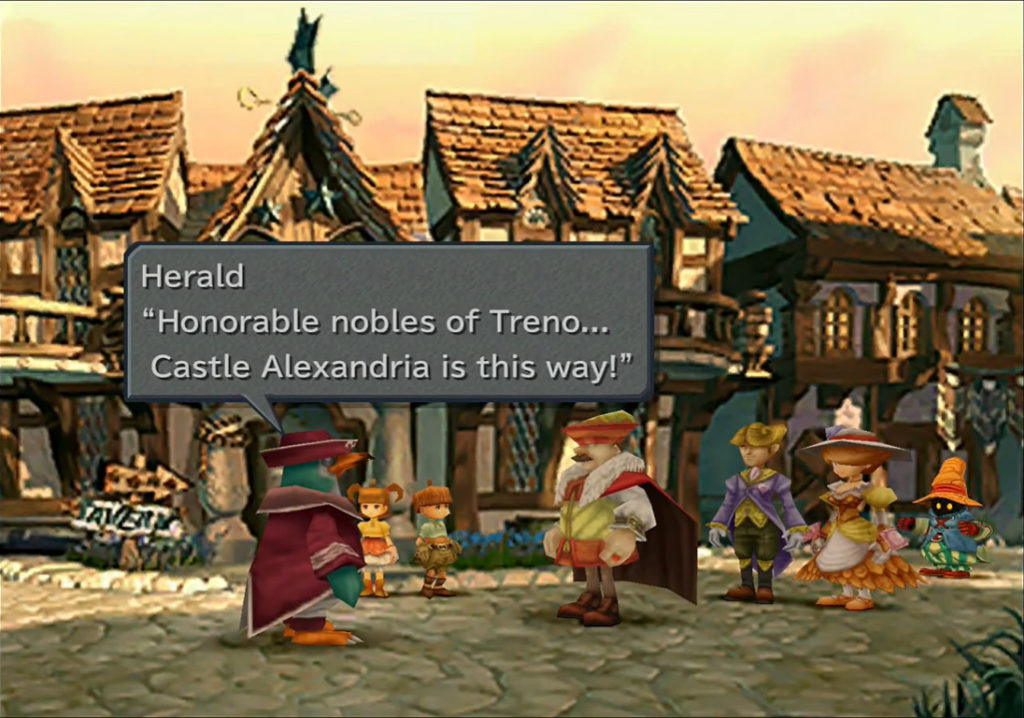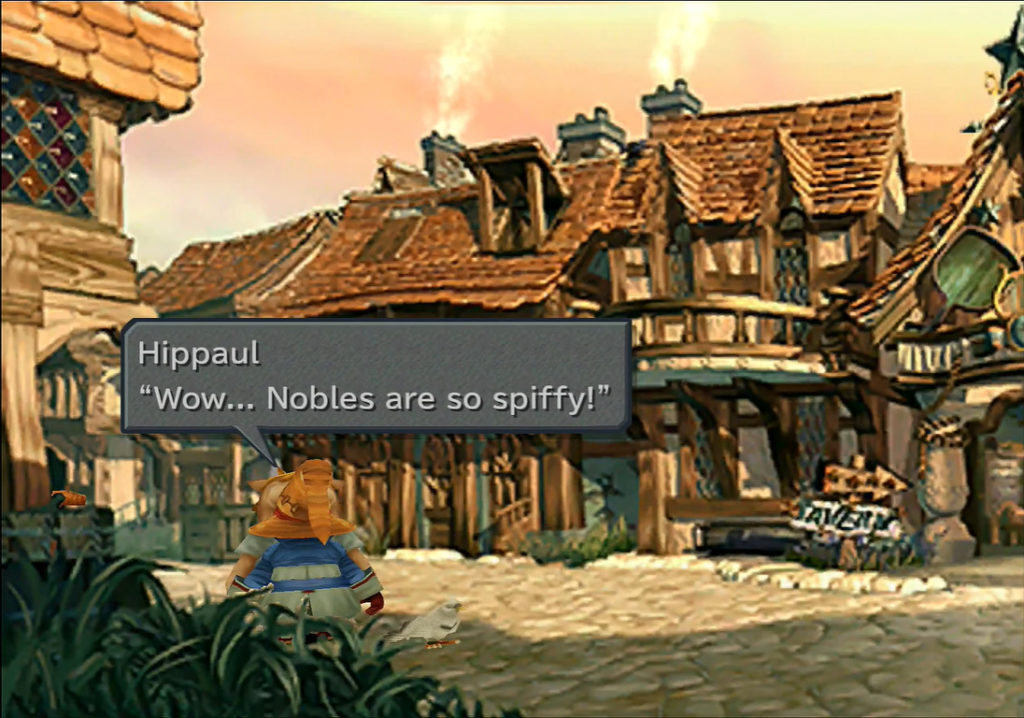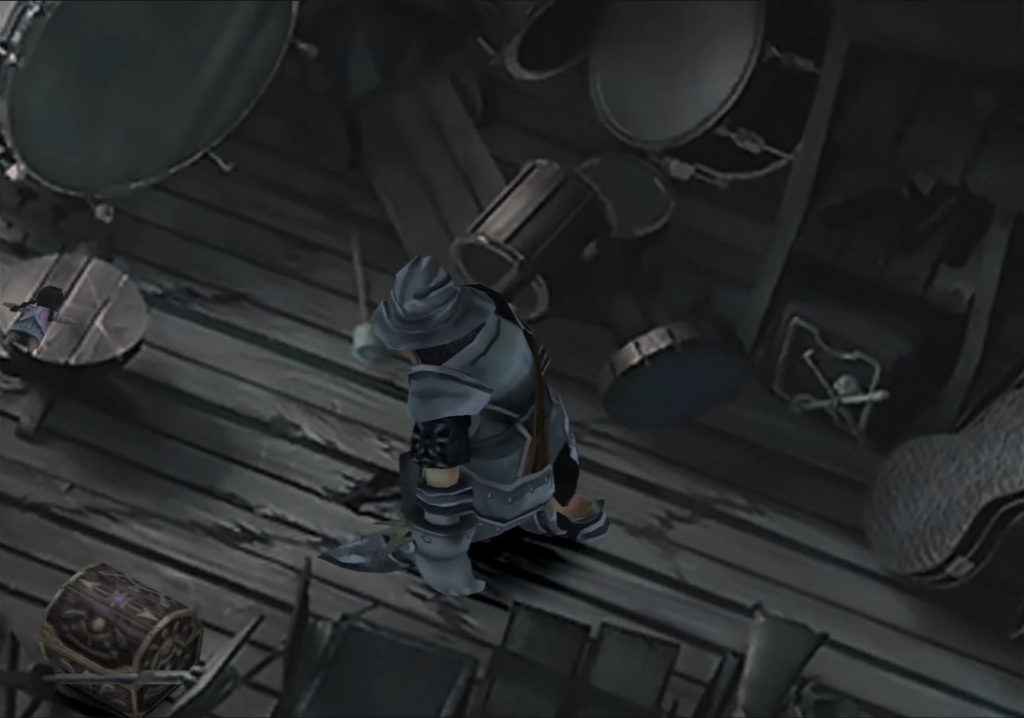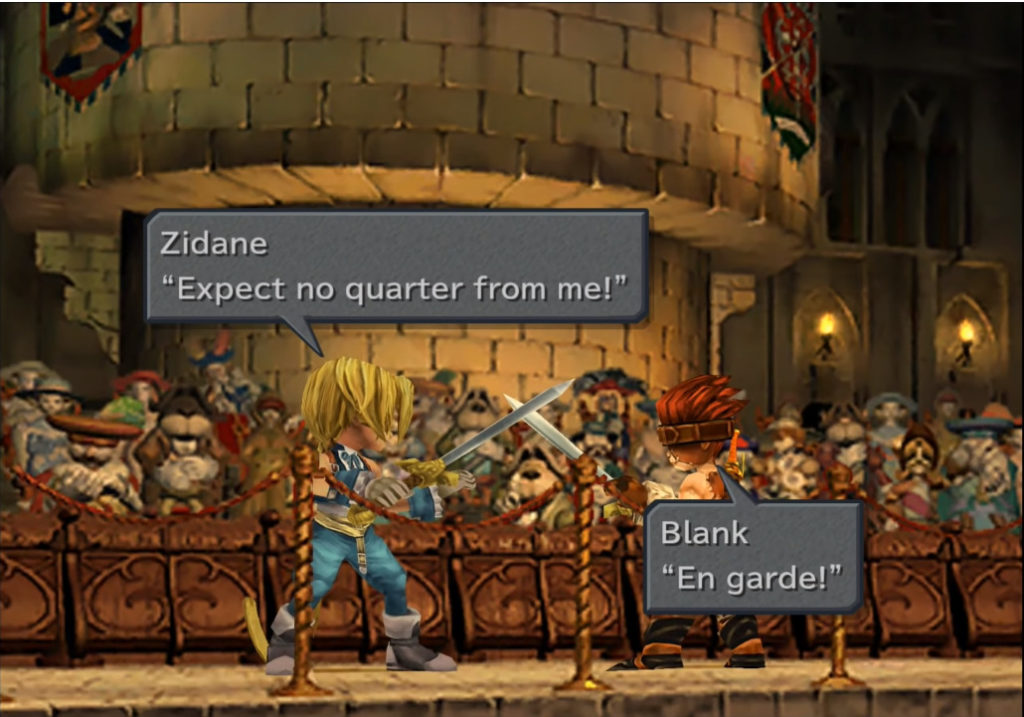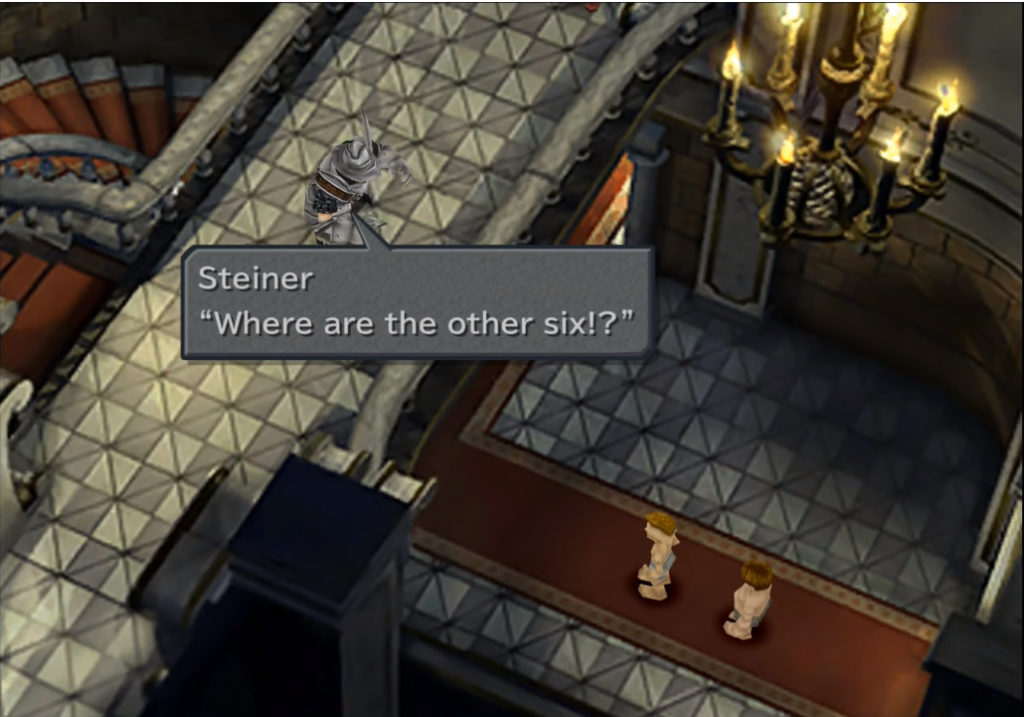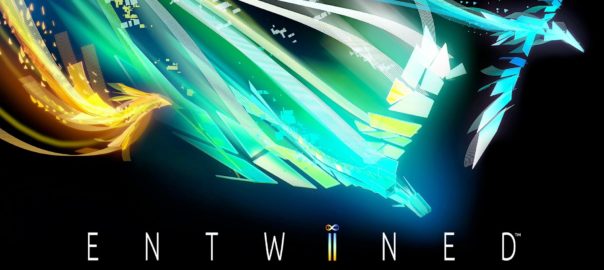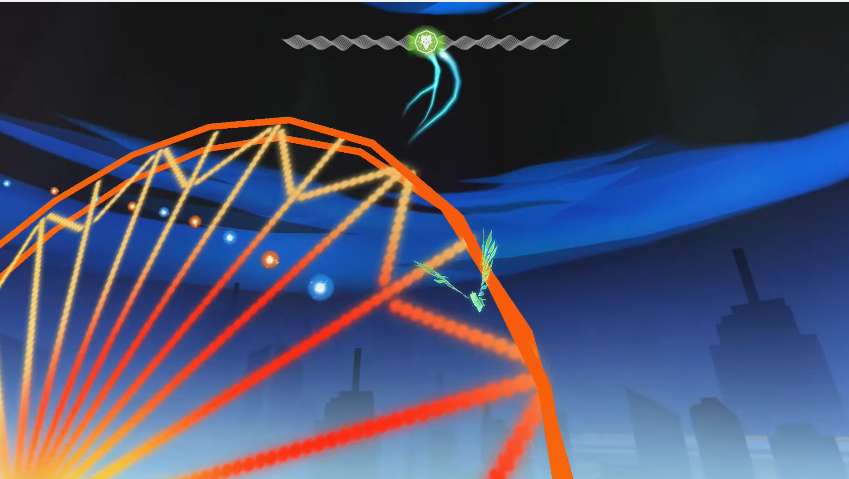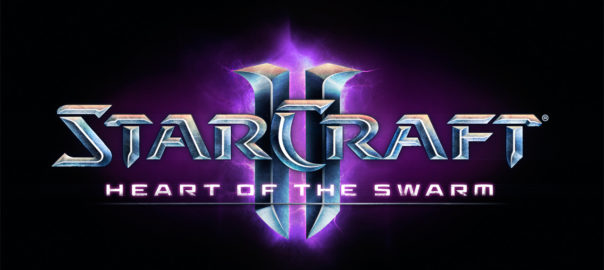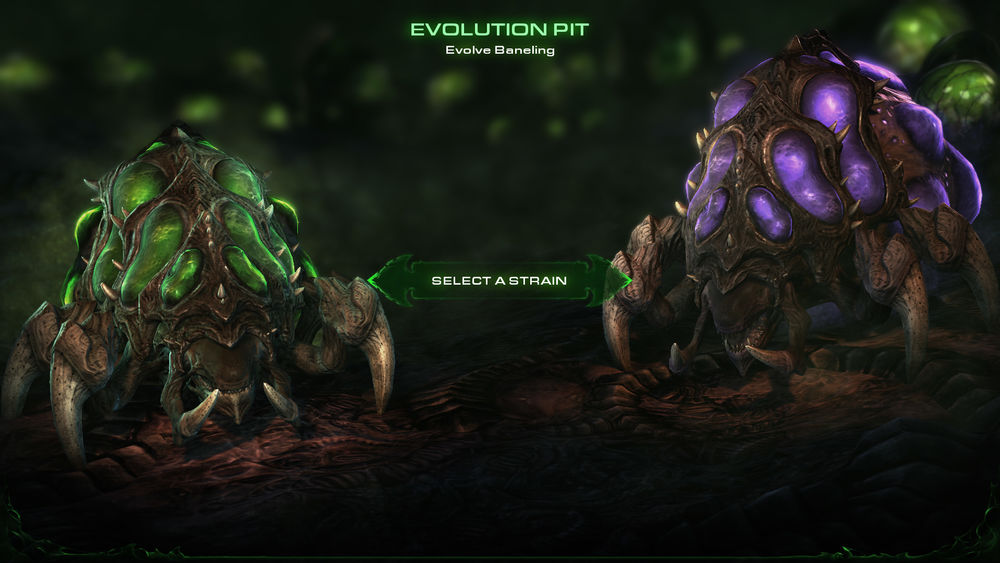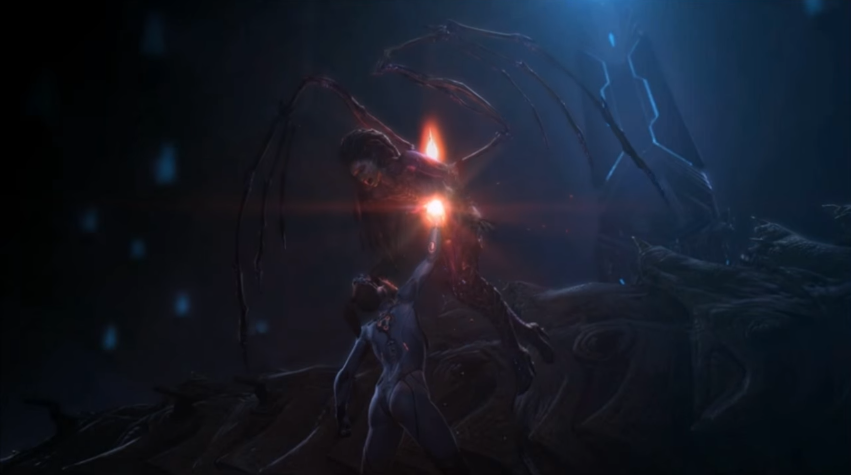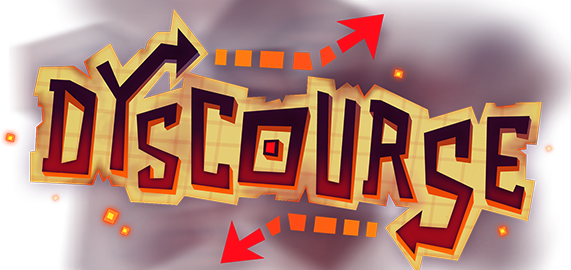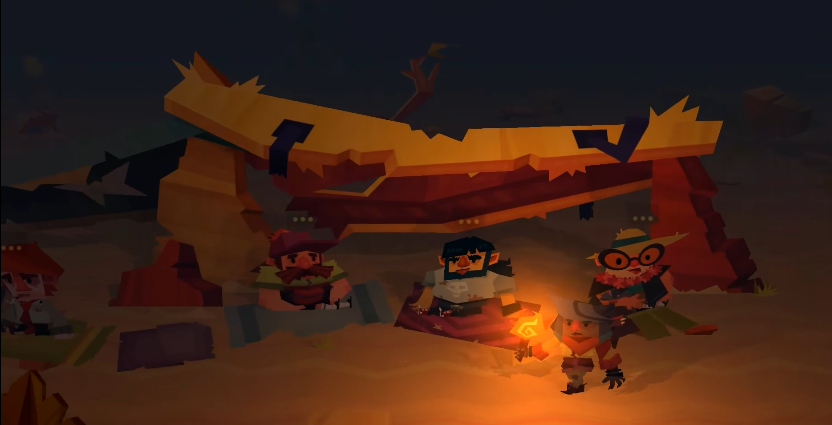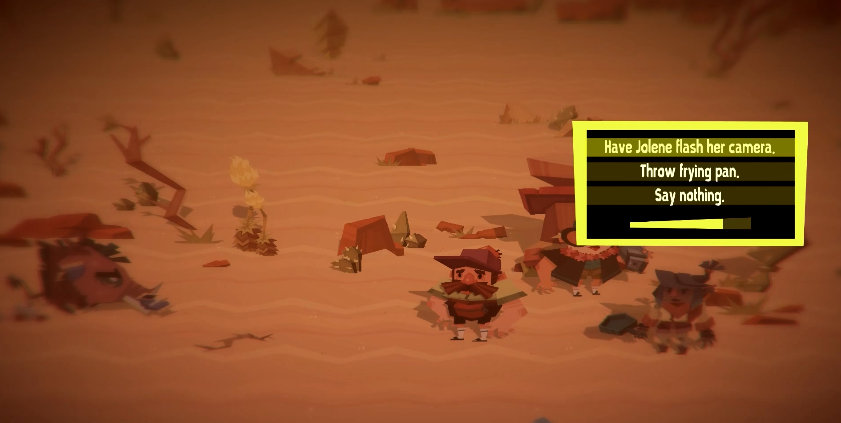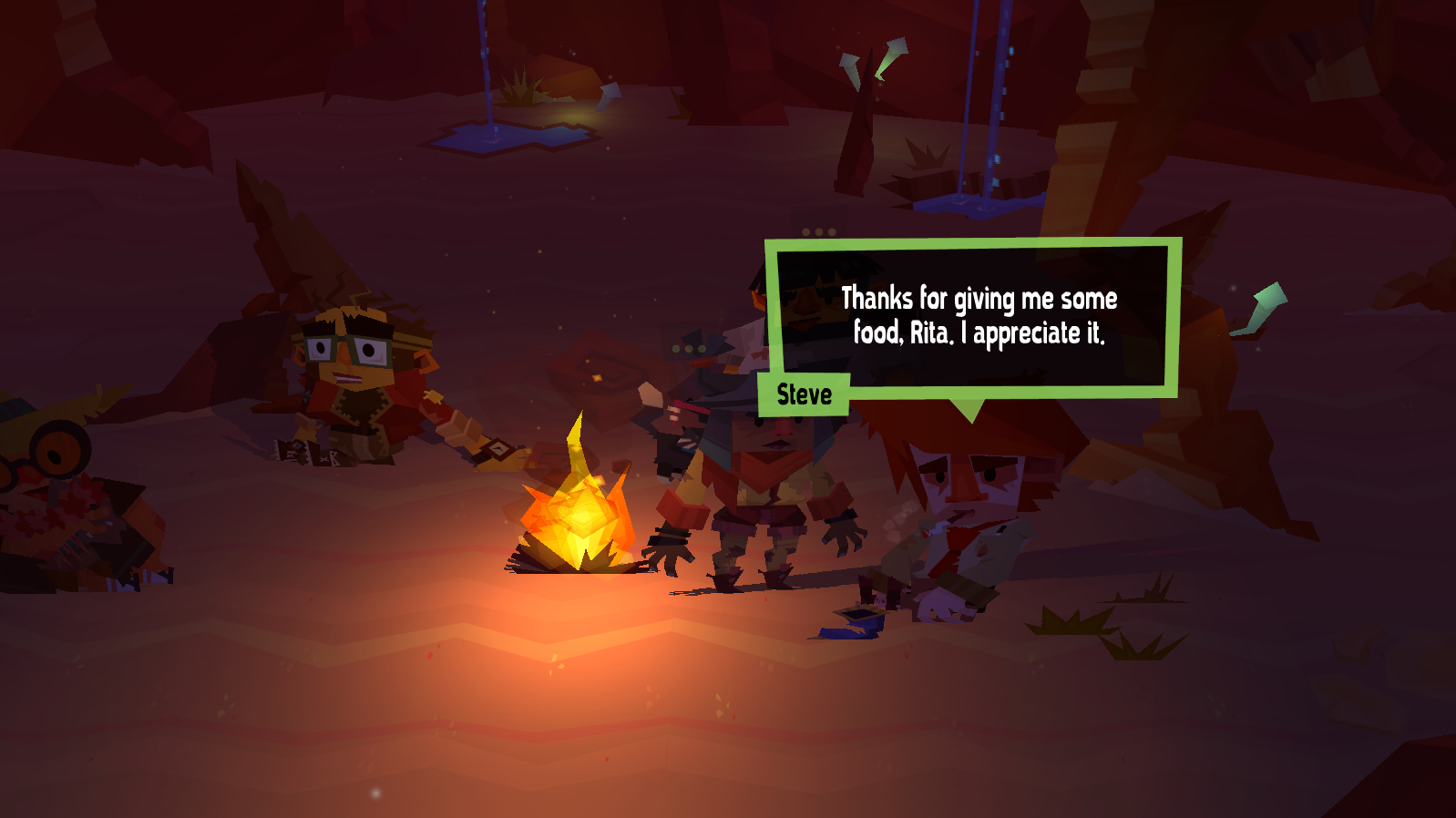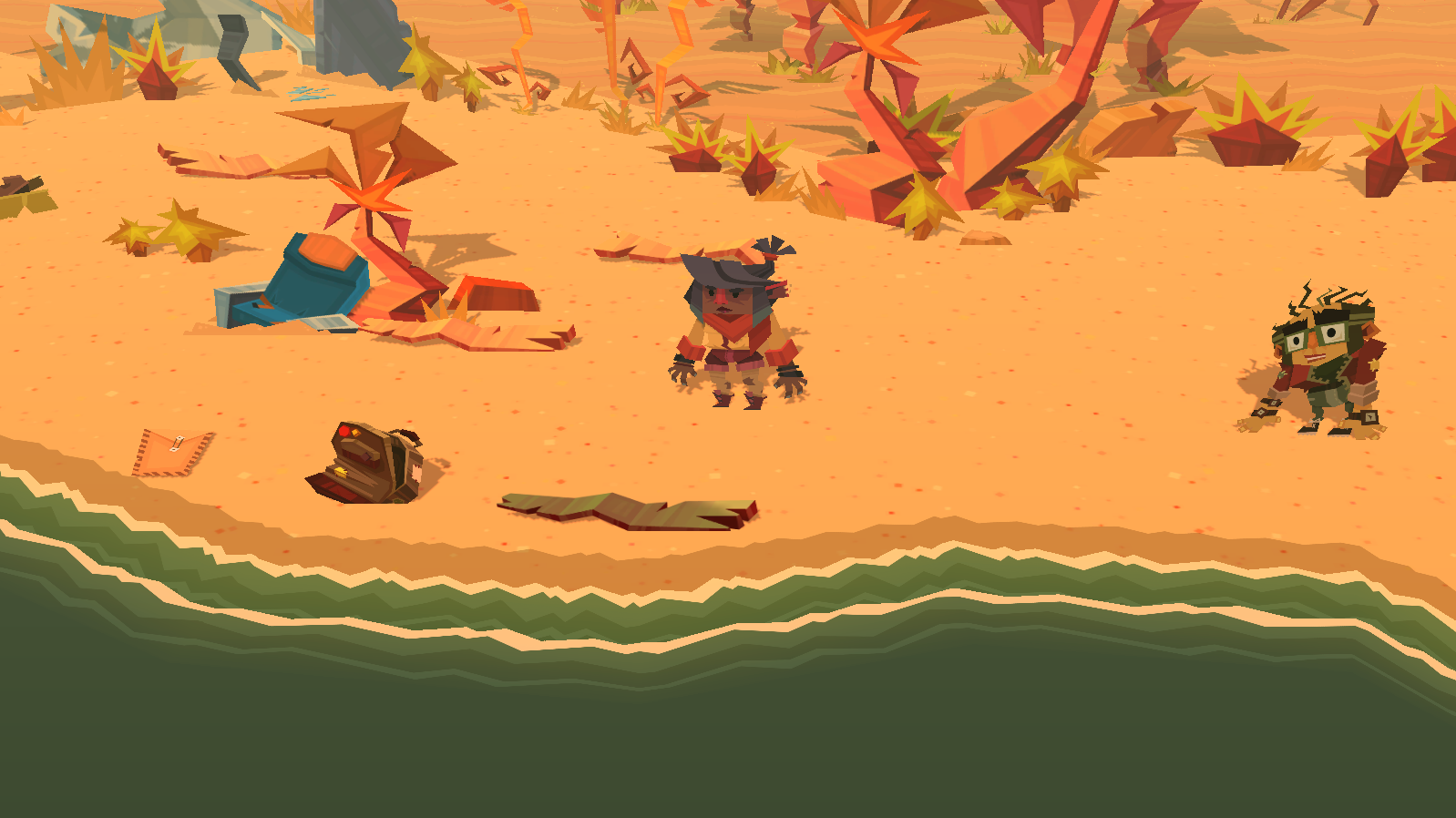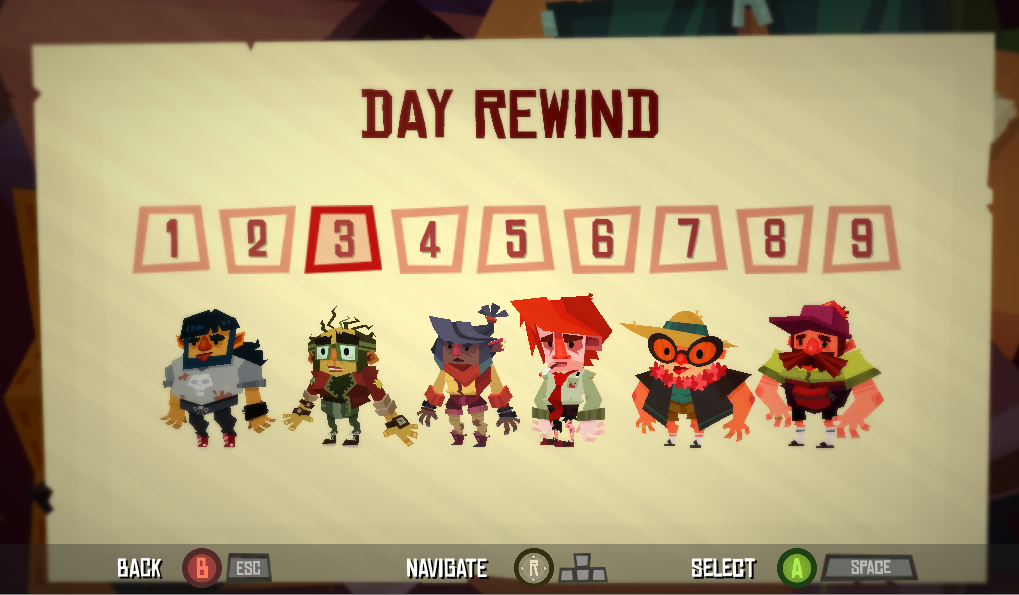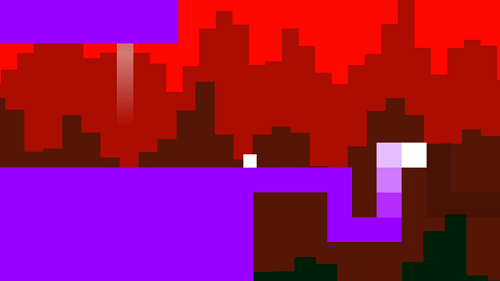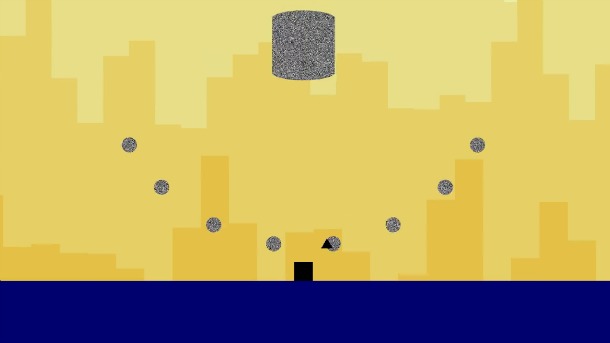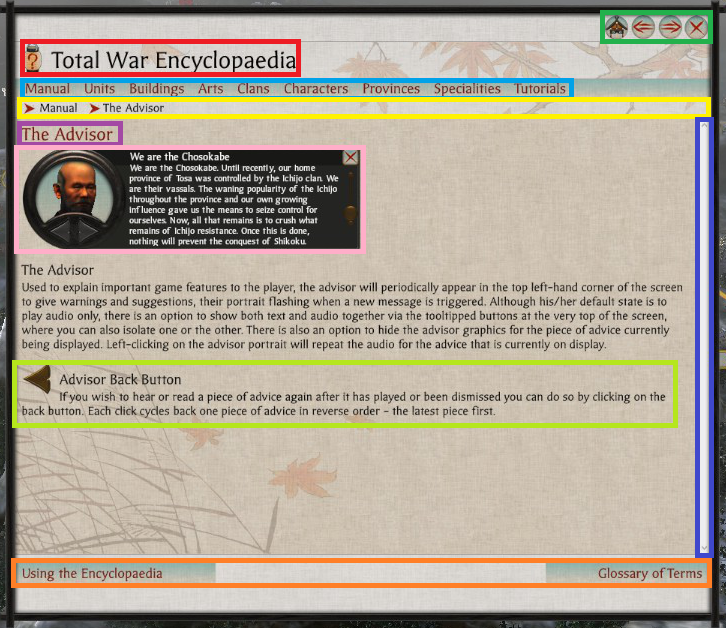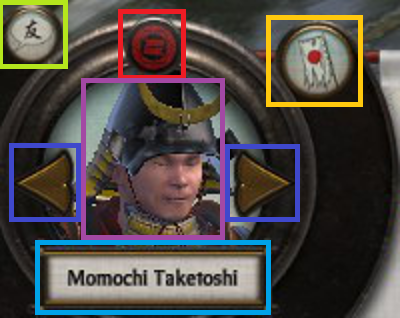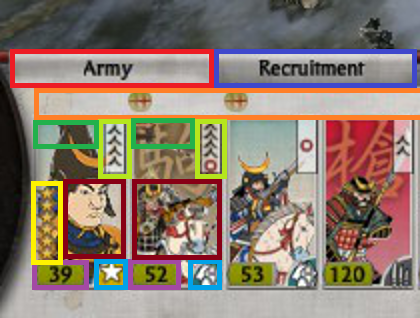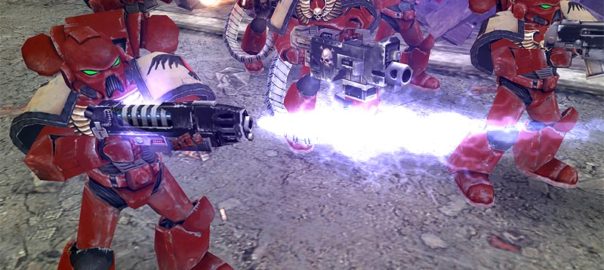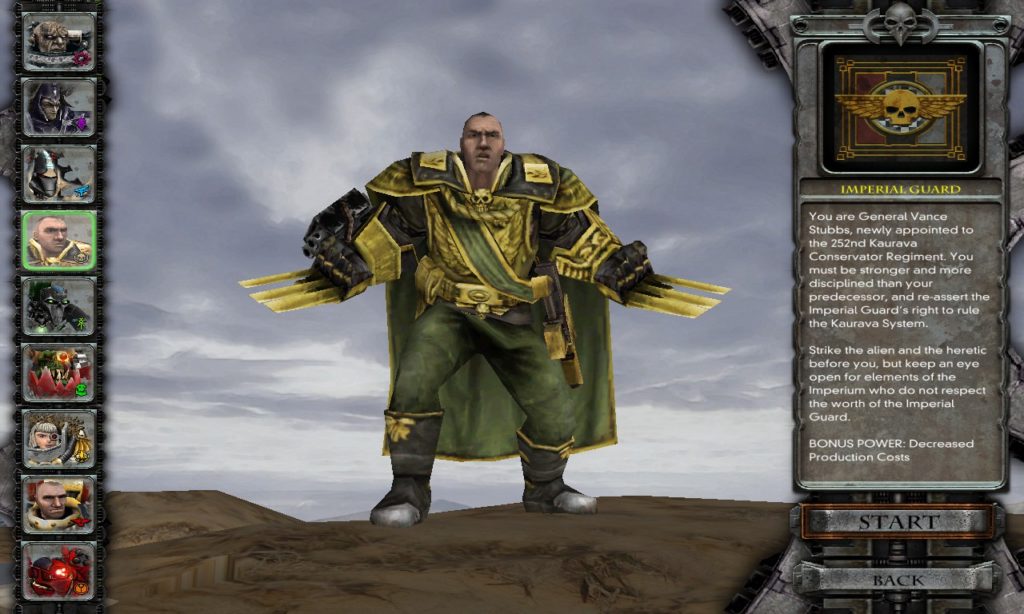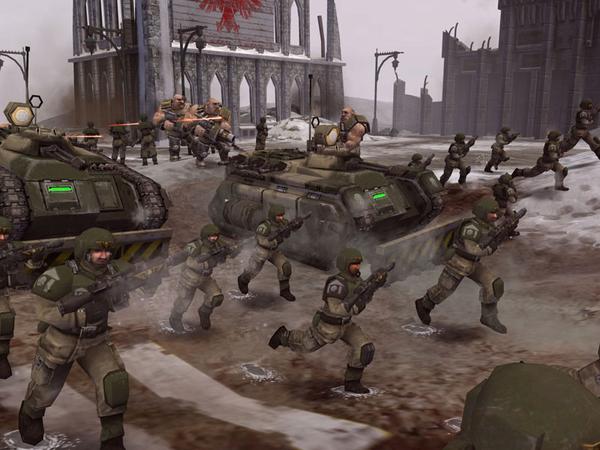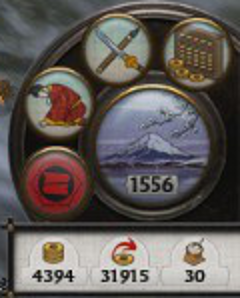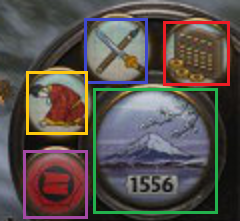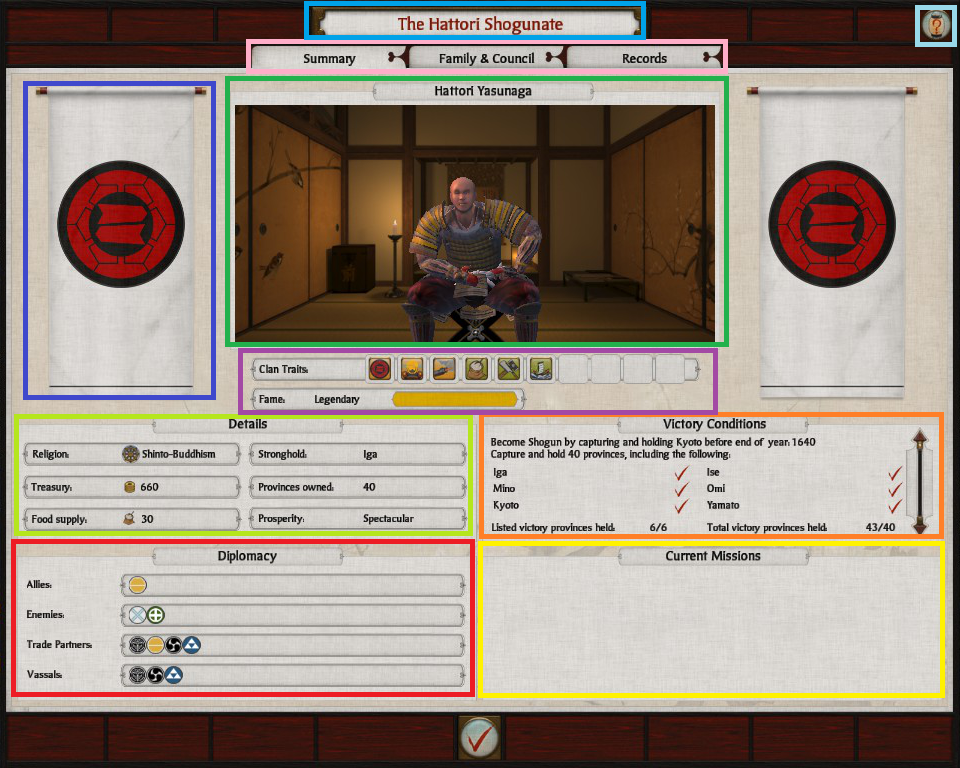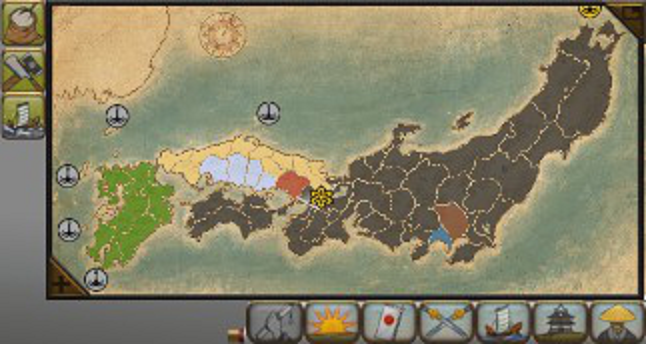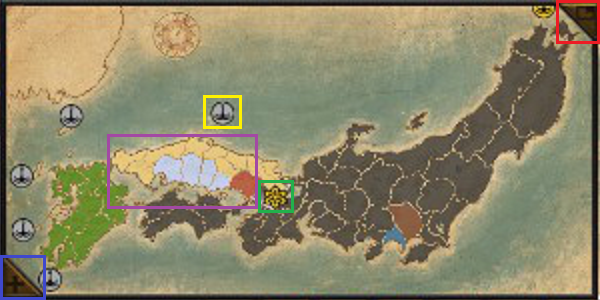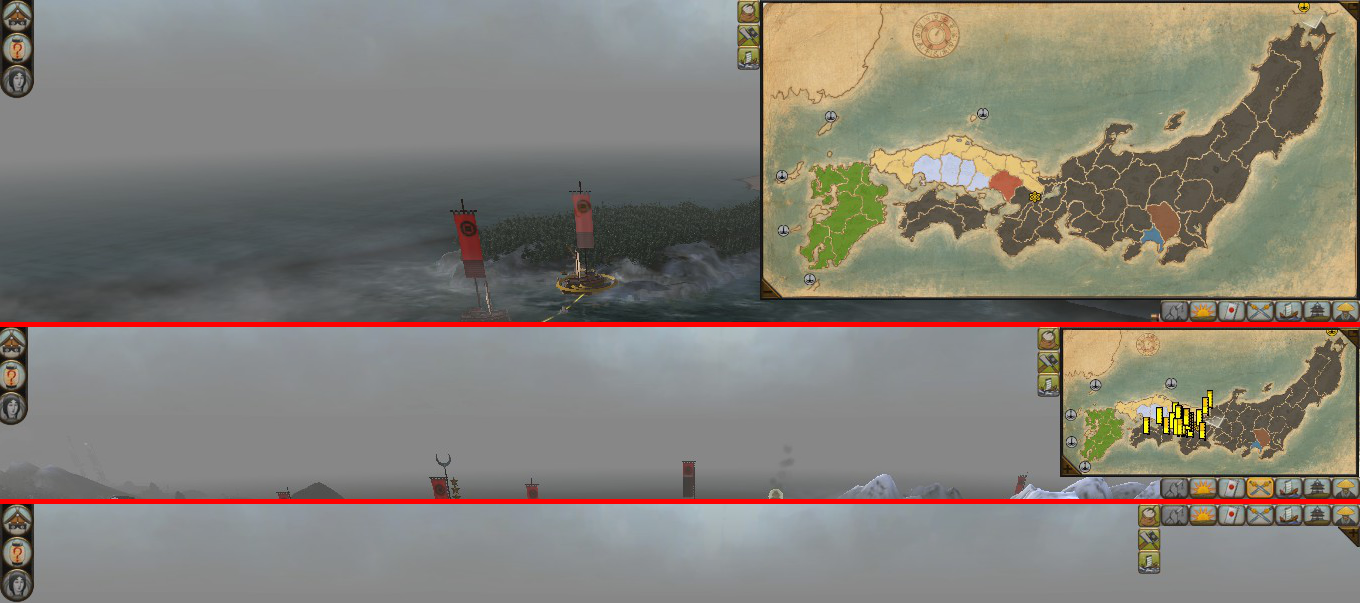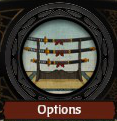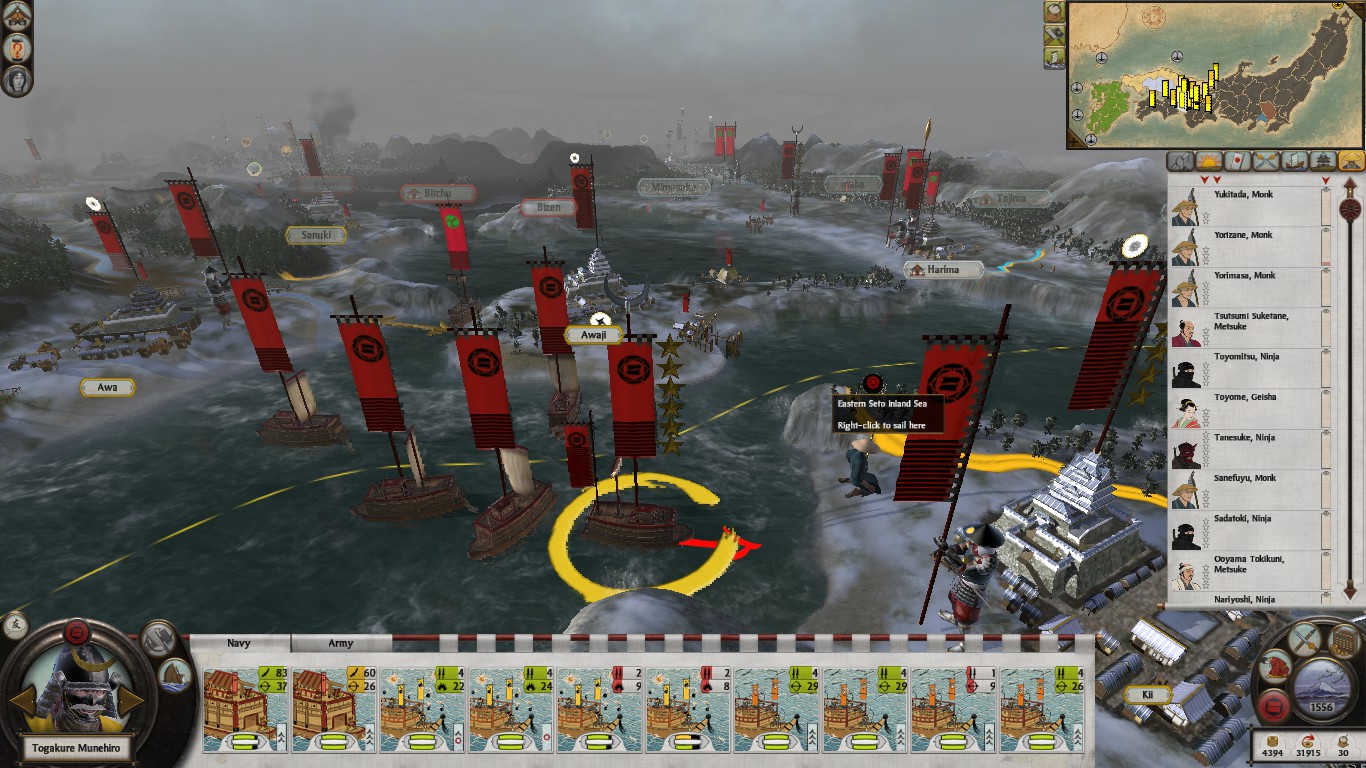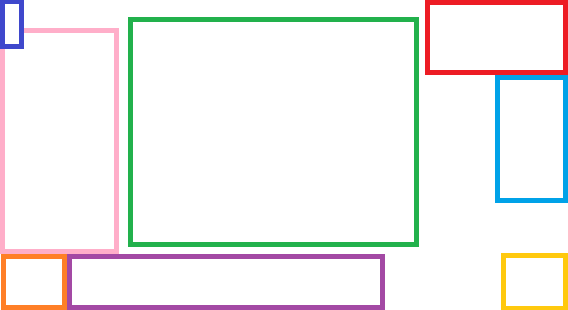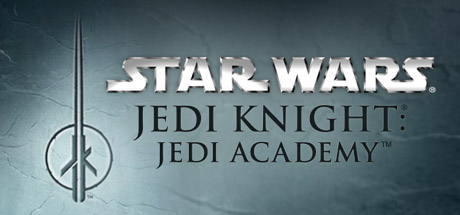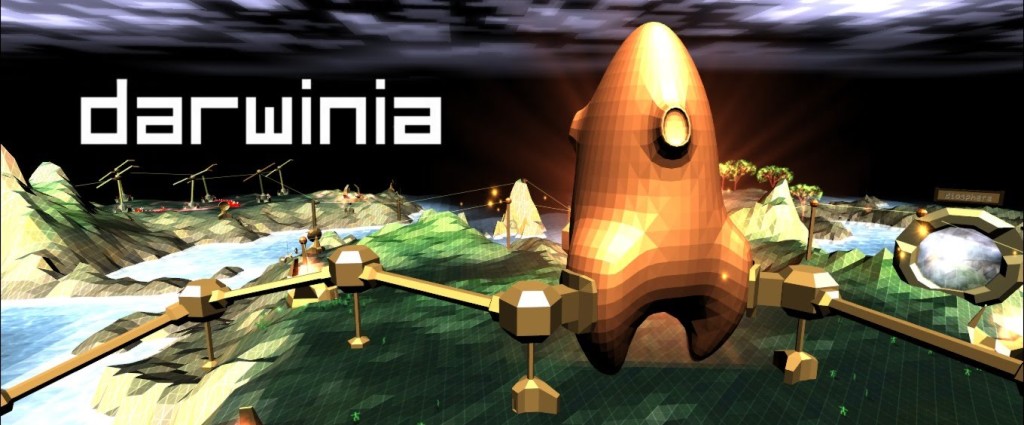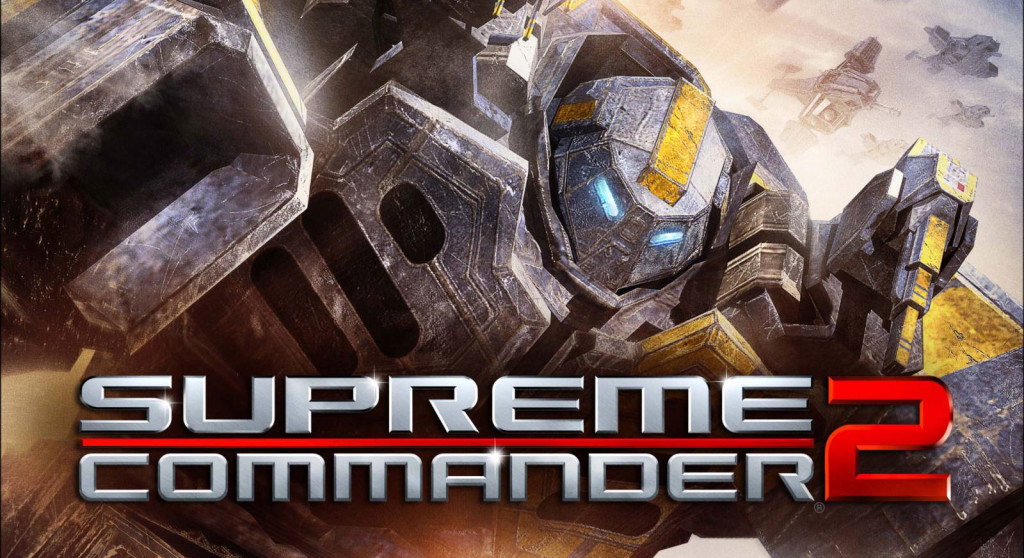Preface: Making games is hard. So any endeavor I applaud. The game I will be writing a few notes on is Stubbs Rebel Without a Pulse.
Boundary Signaling
A simplistic means to convey blocked off area which uses police barriers, and invisible collision heavily in a manner that is immersion breaking.
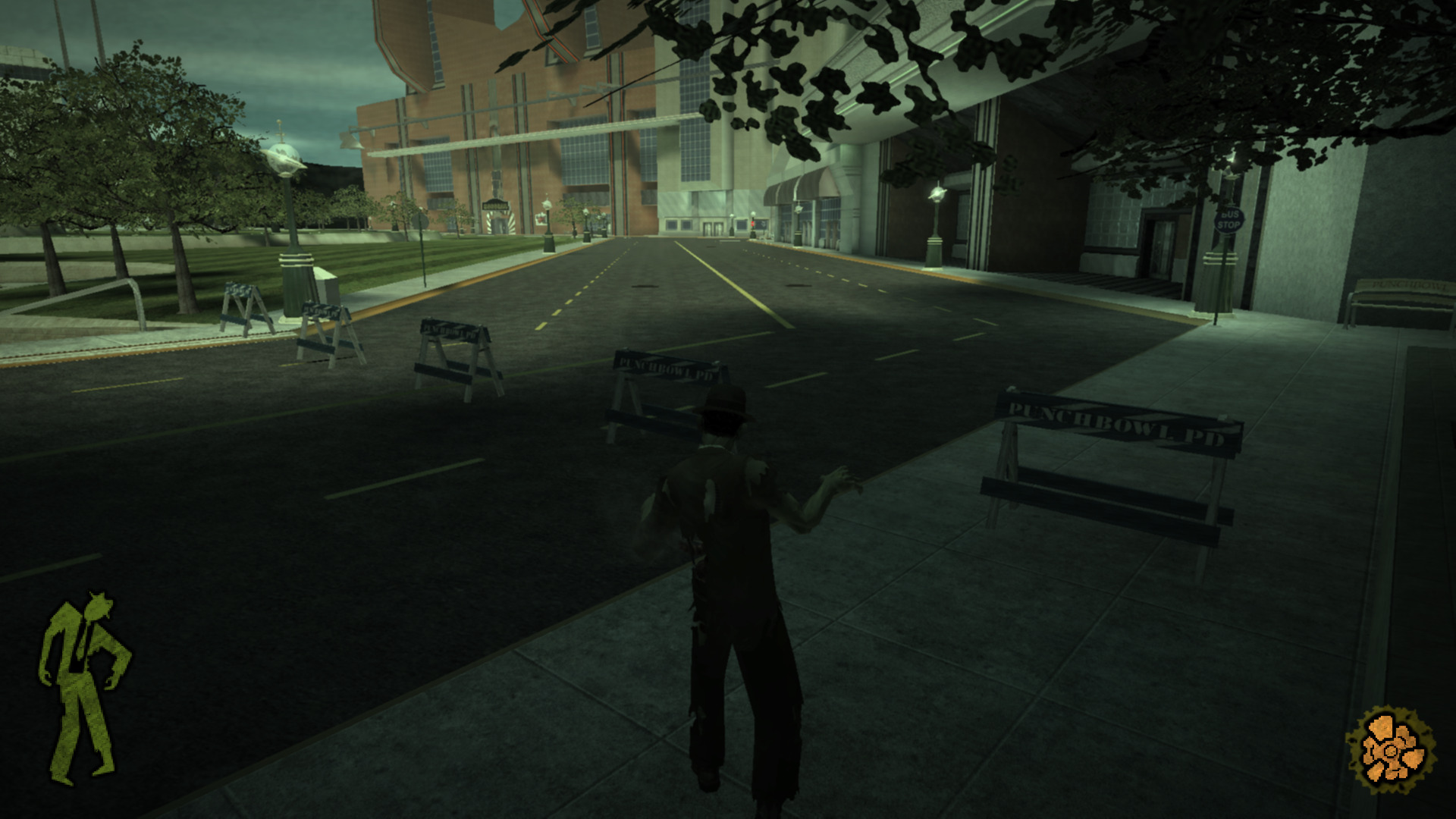
Modes
Stubb’s showcases a number of modes fairly early to keep things interesting.
Vehicle
An mode where players pilot a vehicle.
Dancing
A minigame where the player engages in a dance office with a boss.
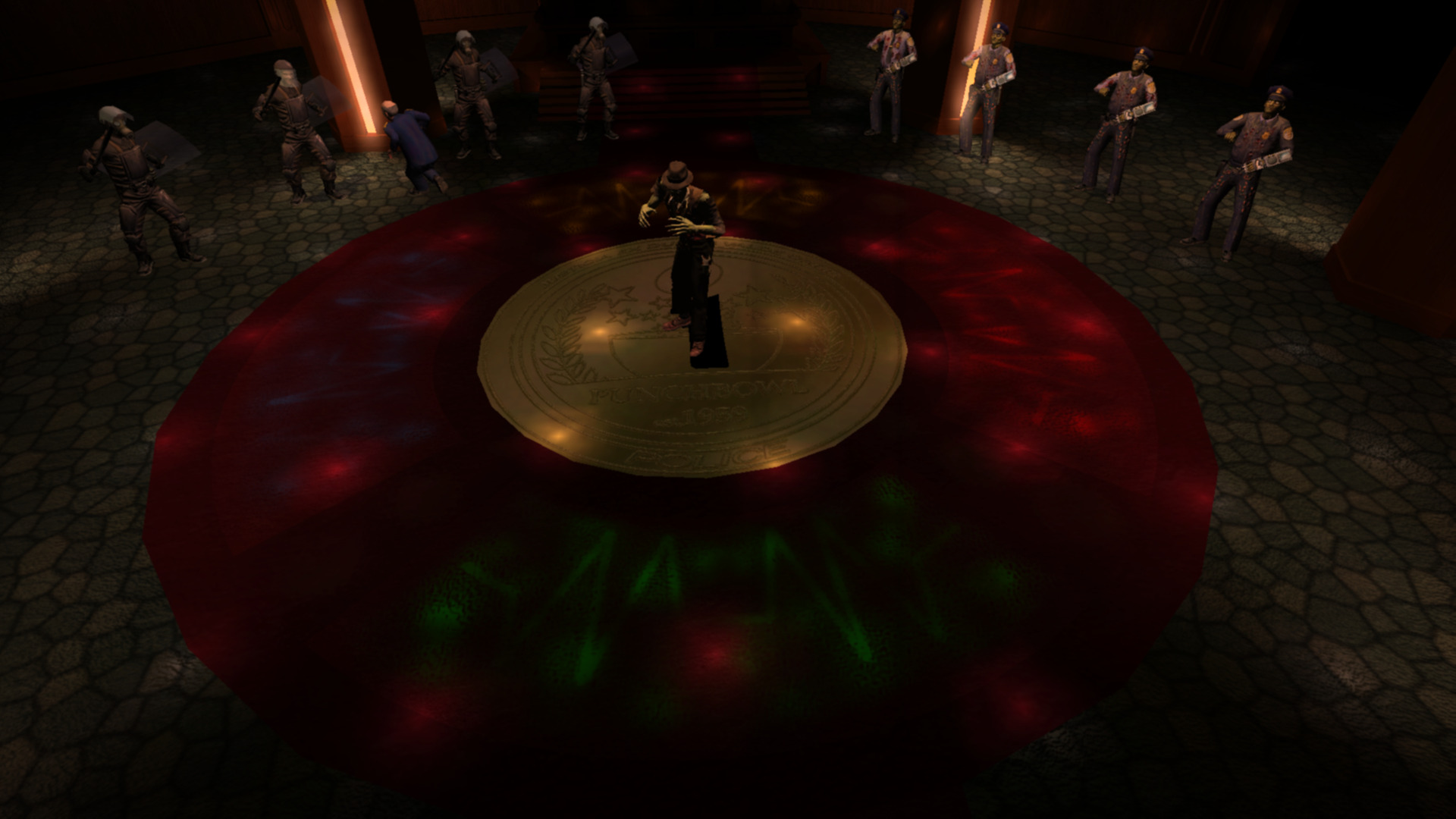
The game begins with simplistic patterns that go around the gamepad. Patterns such as:
- 2 lefts then 2 ups.
- 2 downs then 2 rights.
Speed Increase
To increase difficulty the mini game increases the speed of input.
I have mixed feeling about this minigame. It’s very unforgiving. One has to memorize the pattern, and I had great difficulty if I didn’t have the pattern in mind.
To improve this section the game could increase the time for input or better foreshadow the next button press. Other games have done this with visualizing future button presses.
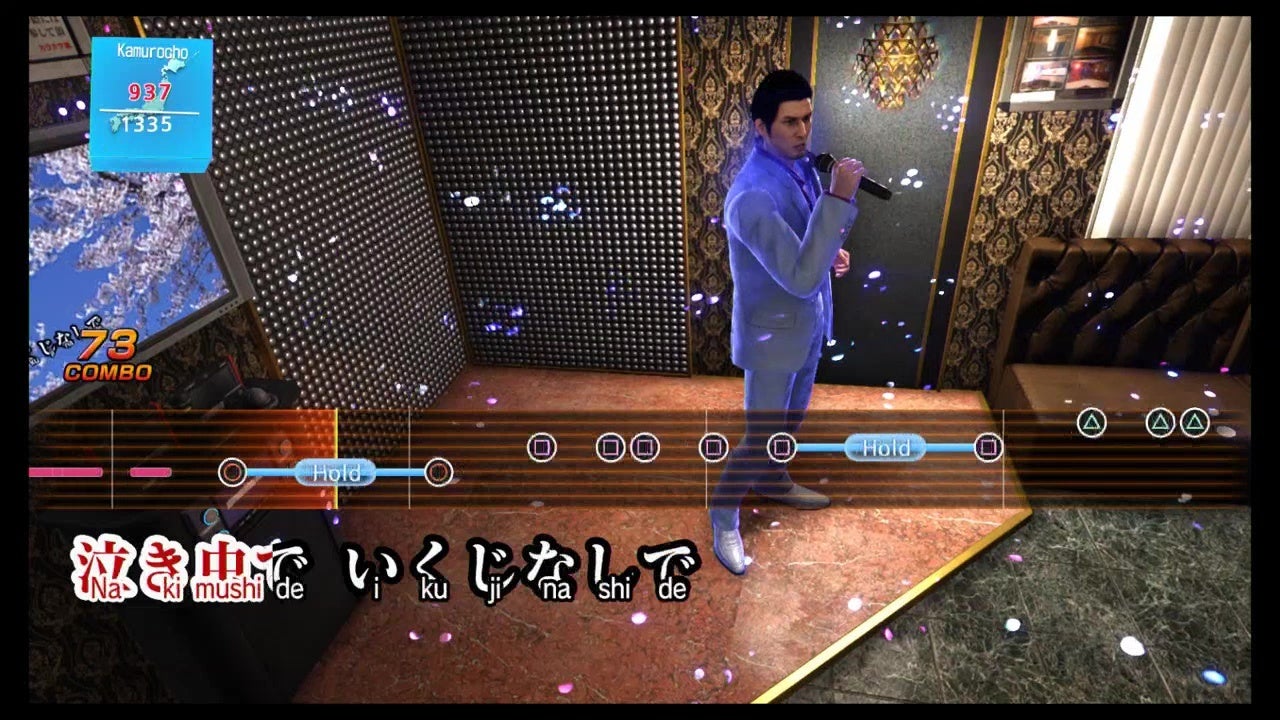
Additionally the mini-game has an unclear end state. When do I know when I win or lose? How many rounds left?
Hand
An alternate mode where the player controls Stubb’s hand. This mode is interesting in that the players:
- Scale is changed.
- Has a new means to navigate being able to crawl along surfaces.
- Is able to mind control enemies
One improvement I would make here is having the surface crawling be connected to a player input rather than automatically occur when approaching a surface.
